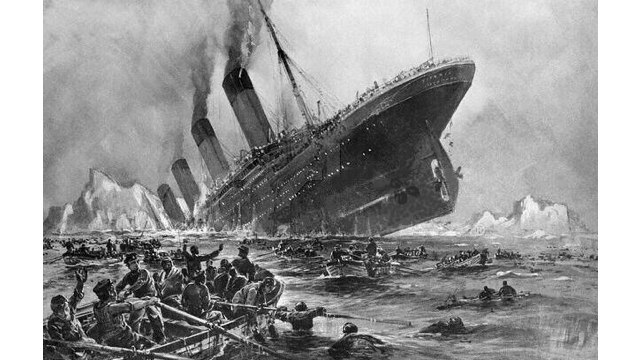The Intellectual Life of a Navy SEAL

Lea Carpenter writes a blog called English Lessons. She wrote this article for Big Think.
What’s the Big Idea?
Do you think it’s hard to get into Yale? Well, consider what it takes to survive when chances of success verge on 0%. SEALs, it turns out, are different from the rest of us not only because of their physical skills but also because of their mental strength. In his book, The Heart and The Fist: The Education of a Humanitarian, The Making of a Navy SEAL, former SEAL Eric Greitens discusses the challenges he faced during SEAL training and why—perhaps surprisingly for the casual, civilian observer—those challenges were as much a test of his mind as they were of his lungs. We all celebrate SEALs for keeping us safe, and for providing a unique, necessary model for discrete heroism in the post 9.11 Age. But we can learn other things from them, too: we can learn what it means to push our psychological selves to their limits. The infamous “Hell Week,” which takes place during Basic Underwater Demolition/SEAL training, is much heralded on YouTube. But does anyone understand what it is? Greitens tells us. It’s a process of rigorous attrition. It’s a process where young men learn a very specific art of mental, intellectual, discipline.
To survive, it does not take a tour on an all-American football team. It does not take a simple love of country. Rather, becoming a SEAL takes acceptance of the fact that we are all, in diverse ways, members of teams. SEALs learn by doing: it is not about you. What makes Greitens’s narrative unique within the canon of Special Forces literature is his ability to articulate this sacrifice, and the process that makes sacrifice the only way to win.
Greitens tells Big Think:
One of the things that make a warrior into a warrior is that they are dedicated to developing their strength in service to others. One of the things that makes Seals special is they can be thoughtful and disciplined and proportional in the use of force. But in order to do all of that, in order to master that, you have to have the self-mastery, you have to have the discipline that allows you to operate in these extraordinarily challenging and difficult environments and still make sure that you are in control of how you’re using force.
“Disciplined and proportional use of force,” unlike “shock and awe,” speaks to the intimacy, and specificity, of SEAL missions. After bin Laden, we understand what it means. Reading Greitens, we might all consider sending sons through a process like BUD/s, a process with a pathological precision to its message of transformation.
What’s the Significance?
It is easy to honor the men and women who serve. It is far less easy to model the fact that so many serve silently, without instinct for recognition, in an age obsessed by wealth and celebrity. Greitens reminds us that the Heart and the Fist are not only not mutually exclusive; they are inextricably linked. A SEAL’s smartest weapon is not a pistol, a rifle or a hand grenade (all of with which they are highly skilled). A SEAL’s smartest weapon, like a scholar’s, is his mind: his capacity to assess complex situations. This assessment is then coupled with the courage to achieve a given goal, and the humility to move on quietly to the next task.
Watch the Big Think interview with Greitens here:





